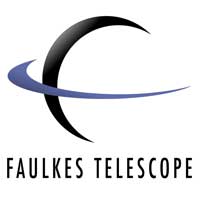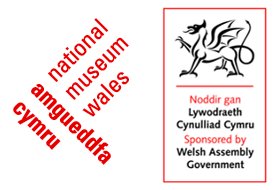worksheet
Follow the Falling Meteorite - booklet version
In this activity you will track a meteor’s path using a technique known as triangulation which can be used to measure the direction to an object from two known locations. From this you can predict where the meteorites might be found.
Deep Impact on Earth
In this activity students will work out how long it takes light to travel from comet Tempel 1 to Earth and how long after the collision in the Deep Impact mission we will see this event.
Objectives
Students will:
Impactor Speed
The aim of this activity is to use vectors and Pythagoras’ theorem to work out the speed at which an impactor hits a comet.
Comet Wordsearch
A simple literacy task for KS2 or KS3 students to help familiarise them with terms relating to comets.
Comet Crossword
A simple literacy task for KS2 or KS3 students, to help them become familiar with terms related to comets.
Deep Impact Collision Energy
The aim of this activity is to calculate the kinetic energy of an impact and to learn how the kinetic energy changes when the weight of an impactor is altered.
Lava Lab!
Investigate the factors that influence the viscosity(runniness) of treacle. How does this relate to the different shapes of volcanoes that can be found on the Earth and on Mars?
Creating Craters
This lesson allows pupils to create impact craters in layered dry materials. Pupils can perform controlled experiments by varying the velocity or mass of crater-forming objects and observing and measuring their effects.
Aims
Making Regolith
Students will determine the effects of wind, sandblasting and water on regolith formation and deposition on Earth. After discussing whether or not they think that lunar regolith is formed in the same way, the students will simulate regolith formation on the Moon by meteoritic bombardment.
Following the Falling Meteorite
Students will track a meteor's path using triangulation and predict where its meteorites might be found. The exercise can be extended to calculate the velocity of a meteor and understand how scientists can determine a meteor's original orbit in space.


